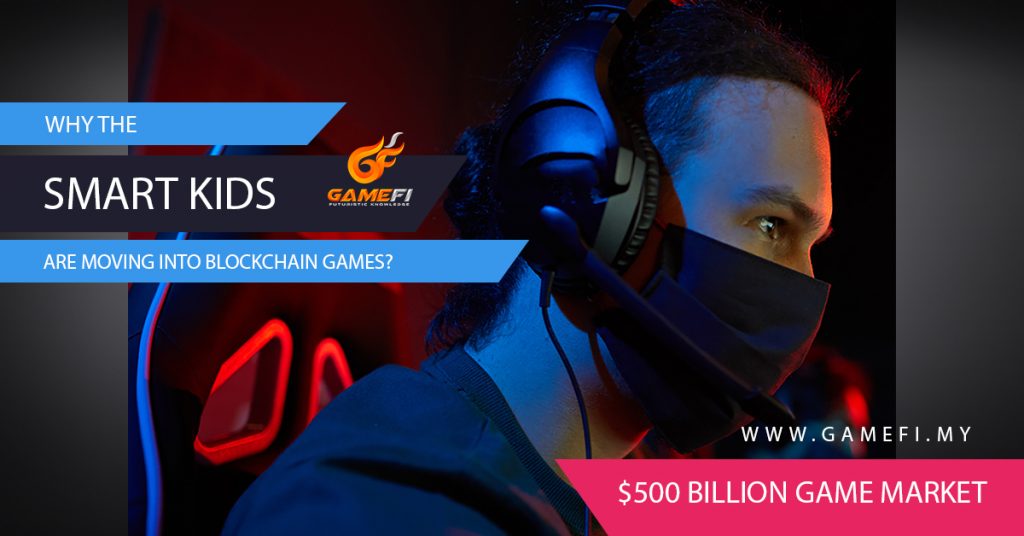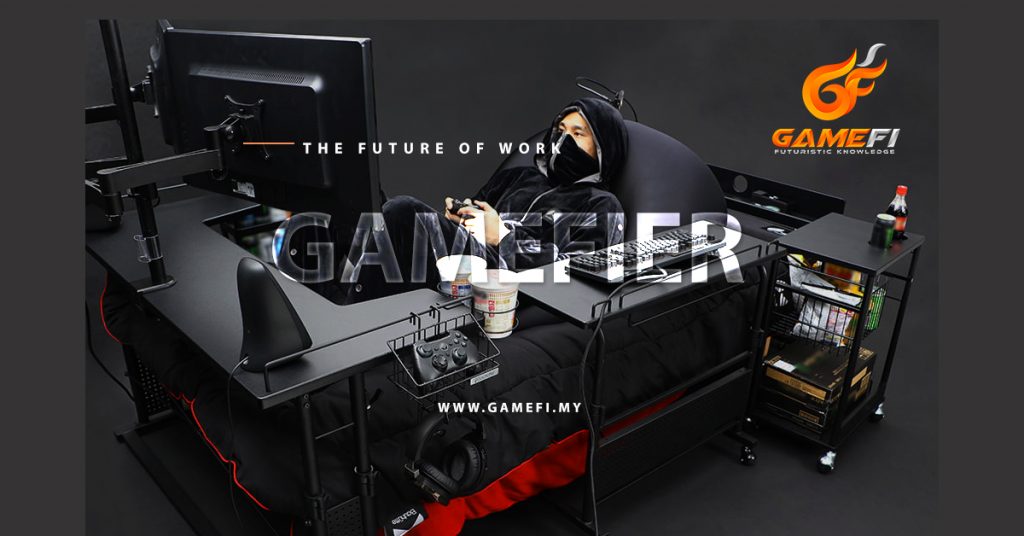It is a well-known fact that one can easily buy and sell cryptos via digital wallets using crypto exchanges. So, how does crypto function in the world of online gaming?
Here’s how.
Affiliate marketing, in-app purchases, and in-app advertising are typical monetization tactics in traditional online gaming. Furthermore, gamers today are quite familiar with in-game coins such as the coins you have when you’re playing Monopoly or mobile games like CandyCrush. But for so long, these coins have had no value beyond the scope of the game, that is terrible.
This is where crypto gaming stands out since it allows users to add value to their purchases. Store tokens, such as in-game products, are often stored on a distributed ledger atop a crypto network in crypto games. This distributed ledger, known as the blockchain, is what allows game products to be traded for cryptocurrency, which can subsequently be transferred for real money.
In-app purchases allow players to buy items like coins, extra lives, custom characters, outfits, accessories, etc., directly from the game. When applying this to crypto gaming, in-app purchases are carried out when players buy items using cryptocurrency or buying the crypto itself. In contrast, in traditional games, assets are typically bought from a central developer owned store which makes the developers rich and not the players who play them.
Moreover, in traditional games, the game life cycle cannot be controlled by players. When the server is turned off, unused virtual properties will be taken away by the operator and the player will have no access over it. All ownership of any merchandise in the game belongs only to the game operator, not the player.
Although digital ownership exists in modern-day games, they do not come with the value or stakes that crypto games allow. While you may be able to own in-game assets, you cannot sell them to other players. When compared to this, the entire concept is very different in crypto games, from ownership of virtual assets to its decentralized operation, and the fact that players’ assets are globally distributed and not limited solely for gaming purposes.

Earn money with crypto gaming
In essence, crypto games are video games that run on a cryptocurrency network and include a completely or partially distributed ledger architecture, providing players verifiable ownership over the virtual products contained in the games. As a result, players can trade virtual products for cryptocurrency, which can be traded for real money.
All this while, it was only developers of the game or the games studios who made profits from the virtual coins that were sold to the gamers or users because these assets had only vanity value to them. This meant that almost everything you could buy in a game (e.g., skin, armor, upgrades, etc.) had only a limited value, despite users spending real money to purchase them.
But with the emergence of crypto games, the status quo is now evolving. While regular games have fundamentally been about entertainment, crypto games bring forward entertainment with the added advantage of earning real money while playing. Every time a player buys an asset, they indirectly increase the value of the game economy. Axie Infinity, MIR4 and Gods Unchained are few of the most popular crypto games that allow players to earn money by using virtual products to achieve in-game objectives.
NFT Gaming
With crypto games rising in popularity, so has the NFT gaming sector. In the first quarter of 2021, crypto gaming experienced an upgrade in the form of NFT games, which transitioned from Play to Earn games to collectible games based on the Pay to Earn principle. Trends have always propelled the gaming industry, and the latest trend in NFTs is no exception. While it is no secret that the NFT market has grown to become a billion dollar market, without a doubt, games are one of the best-suited use cases of NFTs. Much of the NFT industry is now focused on gaming, which has enormous potential for providing gamers with unique in-game item collection options.
Although the terms crypto gaming and NFT gaming are frequently used interchangeably, there is a significant difference between the two. While crypto gaming focuses on using crypto coins to transact with other players, native tokens are utilized to generate or gather NFTs in NFT gaming. Through NFT gaming, any assets in the game like utility, armor, land, or any asset, can become NFT and can easily be owned, transferred, and sold on the blockchain. The NFT gaming platform also gives gamers access to NFT markets to buy and sell one-of-a-kind NFTs. Axie Infinity is a popular NFT-based online video game that is currently the most expensive NFTs collection, with more than $42 million in sales in June 2021.
Furthermore, a new type of blockchain gaming that combines decentralized finance (DeFi) features with gaming is also gaining traction, this is also known as GameFi. MOBOX, a BSC-based game, is one such game that blends NFT collectibles with yield farming and other DeFi services. We should see a lot of supporting products around GameFi (Game Finance) which give crypto games new dimensions. For example players can collateralized their game assets to take loans or simply borrow an asset for in game activity to yield more assets. There are many creative ways to earn.
Although most games are currently designed around NFTs in the crypto space, FTs are also gaining popularity. Unlike non-fungible tokens, fungible tokens can be replicated and exchanged with the same value for one another.
Liquidity in the crypto gaming market
Given how crypto games are heavily dependent on the game market, it is also important to address the liquidity levels in these markets. In its most basic form, liquidity refers to the maximum amount of assets that can be bought and sold at any point in time within the game market. The more the liquidity, the healthier the market; hence liquidity is a good indicator of any marketplace.
To increase liquidity, the crypto game market can comprise both NFT and FT assets. While FT assets can be scaled to have high liquidity marketplaces and thereby be used for utility/consumables assets in the game, NFT assets can be used more for their rarity, which usually has high value but low volume transactions.
Looking forward
I have been playing games, starting from a very young age building Counter Strike and DOTA maps. I have always been a gamer, with a passion to work in the gaming field. With the crypto gaming sector now growing to unprecedented heights, I am definitely enthralled by the opportunities this presents and super excited to work with new gaming projects and startups.
As more money is now being invested in the market, there’s no doubt that crypto gaming is all set to become an industry of its own. Several studios are also now jumping to the crypto gaming bandwagon, in an attempt to capitalize on the latest trend.
That being said, it’s only practical that the growth of the online gaming industry is something that crypto gaming should seek to exploit since it has apparent benefits for both players and developers. From the potential to earn to ease of transactions, the ability to play anywhere, and the enhanced levels of safety and security, crypto gaming improves the overall gaming experience for gamers while providing new income streams for developers.
Let’s play.

